The core of CX design lies in personalized customized experiences and user-centric design. With advancements in AI and data analytics technologies, it has become essential to understand client behaviors and needs in real-time and provide sophisticated customized services based on these insights. As users now expect a seamless and consistent experience anytime and anywhere, delivering customized messages and services tailored to each situation across both digital and physical touchpoints has become a key factor in competitive CX design. This approach builds trust with users and fosters deeper relationships.
Additionally, sustainability and sentimental connection are emerging as new trends. Users increasingly value environmental and ethical considerations, showing a strong preference for services and experience designs that reflect these values. Designing with sustainability in mind goes beyond simple customer satisfaction — it generates empathy and trust, serving as a powerful tool to strengthen brand loyalty. CX design continues to evolve by combining technological innovation with a human-centered approach, driving continuous enhancement of the customer experience.
for Mutual Growth of Organizations and Individuals
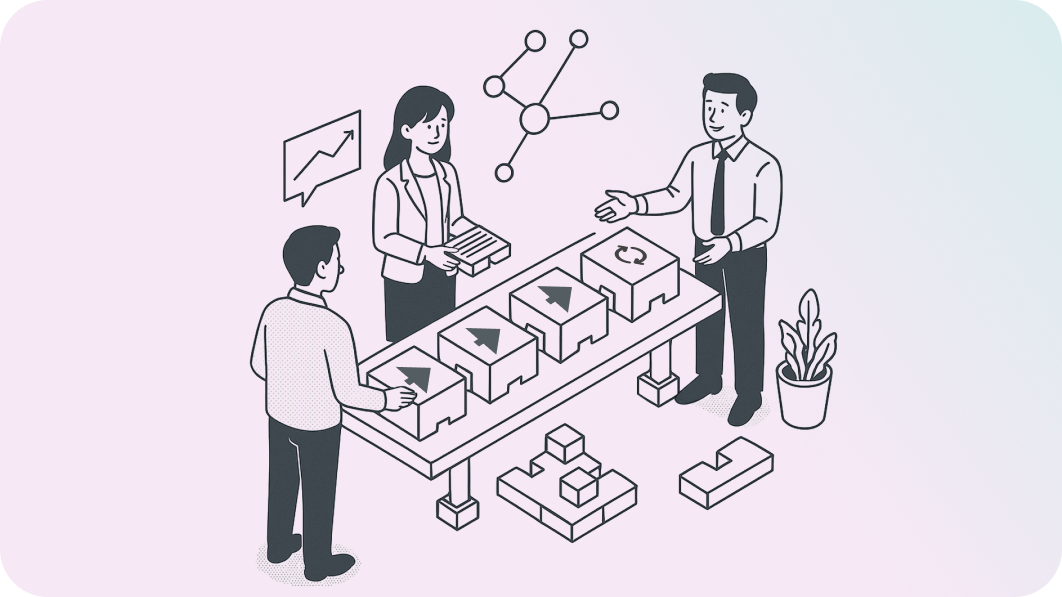
What is the Employee Experience and How Can It Be Improved?
The Employee Experience covers all interactions and touchpoints from onboarding to offboarding. It includes everything from corporate culture to interactions with colleagues, managers, and clients.
Previously, efforts focused on improving UX for individual systems to enhance efficiency. Now, the focus shifts to analyzing task sequences and redesigning workflow based on user context to ensure smooth operations. The goal is to create a flow where tasks naturally progress in one place, instead of requiring users to navigate multiple systems.
LG CNS redesigns various workflow processes—including common task flows, administrative task flows, and specialized task flows—to optimize the experience.
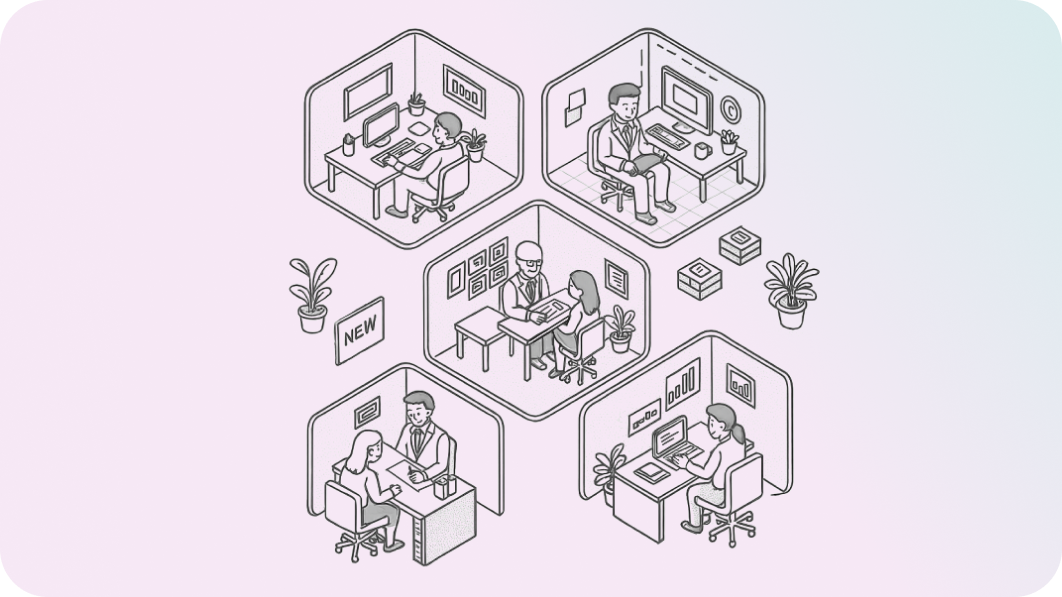
From A to Z of Employee Experience Enhancement
Like customer experience enhancement, improving employee experience applies service design methodologies. The key difference lies in providing customized services that reflect each employee's group and work environment. For instance, a new hire’s workflow differs greatly from that of a PM leading multiple projects. Employees in marketing who travel frequently, accounting staff, or whoever— each requires a personalized work environment and portal.
This creates a significantly different experience compared to traditional approaches.
In particular, as hybrid work environments become the norm, Digital Workflow Redesign has become an essential element for advancing business management and internal systems.
-
Digital Workflow integrates with various existing systems such as management, contracts, procurement, and training, providing a unified work environment. It enables real-time linkage of data between systems, allowing tasks to be completed through a single interface. This streamlines processes and significantly improves efficiency by eliminating the need to work separately within each system.
-
Digital Workflow is applicable to all departments, including HR, IT, Sales, Finance, and Marketing. Each department can set up specialized processes, while cross-departmental collaboration is also supported through real-time information sharing. Customized workflows tailored to each department ensure efficient task management across the organization.
-
Digital Workflow enhances the employee experience through intuitive UI/UX design and customized processes. Repetitive tasks are automated, and frequently used functions are made easily accessible. Real-time notifications and feedback help employees stay on top of important tasks without missing deadlines. This improves the overall workflow, allowing employees to focus on core tasks and boosting job satisfaction.
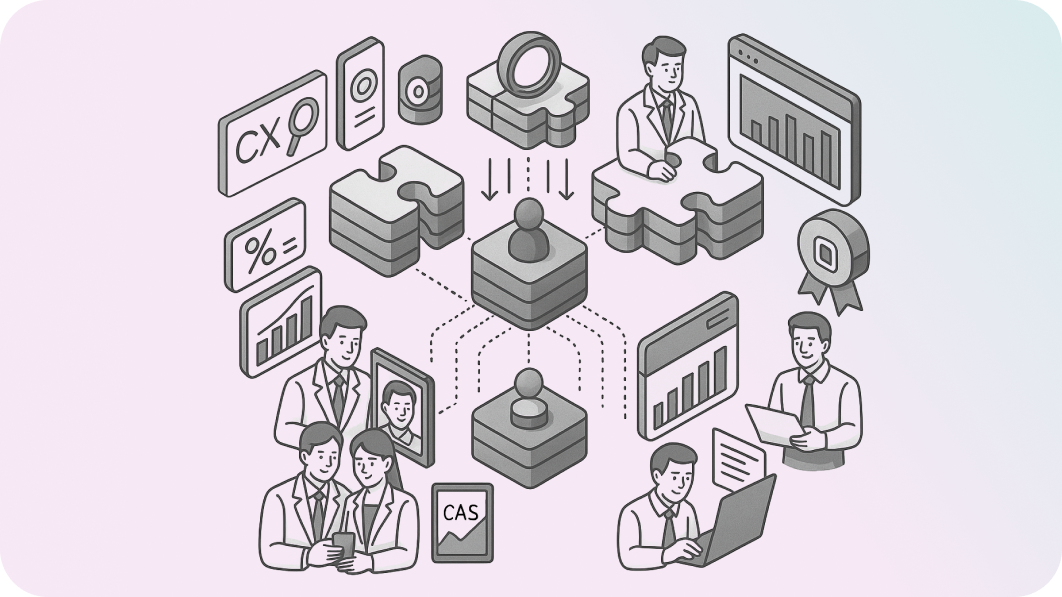
Evidence-based: Logical Design Decisions Driven by Customer Data Convergence
We perform multi-dimensional analysis of customer behaviors and perceptions by utilizing CX Data (quantitative, qualitative, social data, VOC, surveys, etc.) collected across various channels. This enables a deep understanding of the customer experience and allows us to predict customer behaviors and propose strategic design directions. Additionally, CX KPIs are used to quantitatively and objectively evaluate the value of the customer experience, supporting persuasive decision-making. Our data-driven decision-making process ensures more consistent and reliable customer experience enhancement.
One of our key differentiators is the ability to detect industry-specific characteristics and emerging trends through approximately 20 years of accumulated CX Design Assets. Furthermore, our online collaboration platform supports seamless communication, allowing diverse experts to share and expand ideas without time or location constraints.
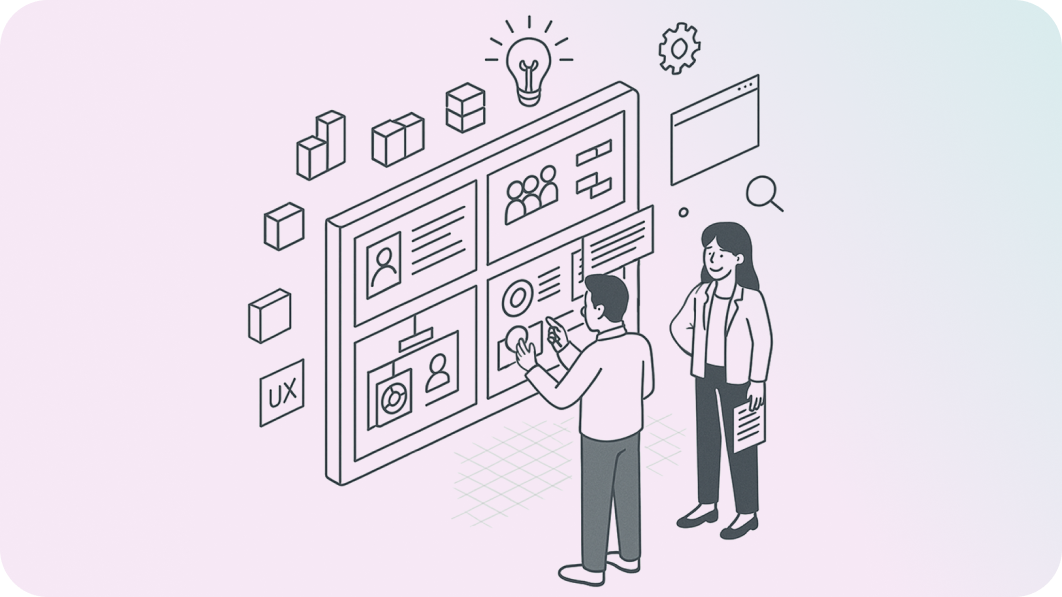
Customer Participation: User-Fit Ideas Leveraging the Real Voice of Customer
Insights delivered through research agencies often rely on linear Q&A-based surveys, which limit the depth of insightsTo overcome this, our Co-Creation Design Methodology actively incorporates the real voices of customers. We continuously communicate with a panel of over 30,000 members composed of IT experts, UX professionals, and heavy service users, enabling us to collect and analyze diverse customer experience data. Based on these insights, we generate ideas aligned with actual user needs and creatively design customized solutions using various methodologies and Idea Frameworks for immersion and expansion.
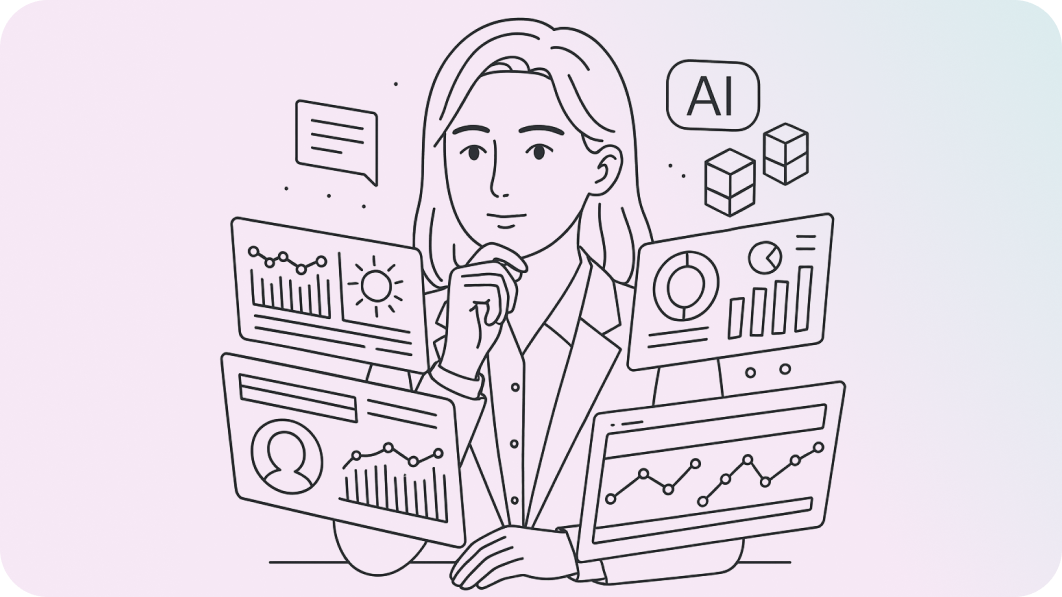
Speed and Precision! Delivering Improvement Plans in 6–8 Weeks to Secure Business Opportunities
By utilizing LG CNS’s Gen AI-based social data analysis automation tool, we rapidly extract insights while significantly reducing the manpower and time required for projects.
The time saved through AI technology is fully dedicated to discovering insights and developing strategies by CX experts. As a result, we deliver fast and efficient improvement plans every 6 to 8 weeks.
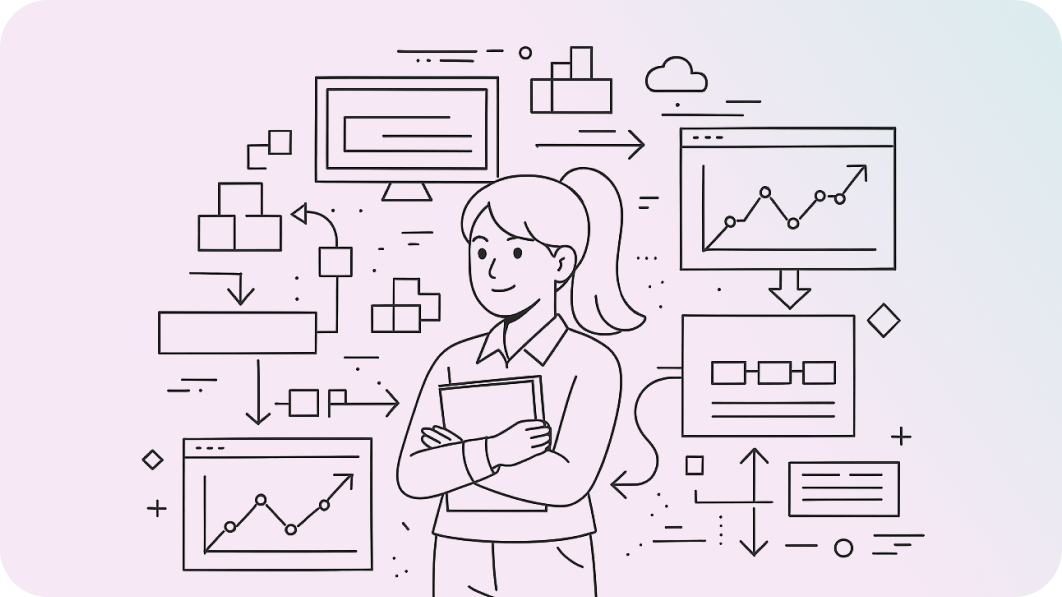
Sustainability: Experience Optimization Through Repeated Prototyping and CX KPI Validation
Ideas discovered by our CX experts are materialized through various forms of prototyping to define the core experiences of the To-Be Model and validate the actual user experience in advance, thereby enhancing service quality. This prototyping process enables us to derive tangible improvement plans that customers can truly experience.
Additionally, through CX KPI-based performance measurement, we clearly analyze the causes of success and failure. By continuously generating improvement plans, we deliver repeated small successes, optimizing long-term experiences and maximizing business value.
-
Key stakeholders (planners, designers, developers) as well as actual users or customers and workshop facilitators participate. The more diverse perspectives the team brings, the more effective the outcome.
-
In the past, digital channel projects were updated every 3 to 5 years. However, with rapidly changing trends and customer needs, it is now essential to drive continuous improvement through small-scale, ongoing enhancements. Given the shortened cycle of change, we recommend holding a workshop at least once a year. Listening to users and adapting in line with their priorities helps deliver services that quickly respond to their needs and trends, driving stronger engagement. If ongoing workshops are difficult, we recommend running one early—when defining new services for digital channel advancement or setting a clear project scope before implementation.
-
Customer feedback is critical data for enhancing the feasibility of ideas. Key feedback is analyzed to identify enhancement points and incorporated into the final solution. This process significantly supports defining the scope of the actual implementation project and setting the direction for UX improvement.
Optimal Choice for Reducing Operational Costs and Improving Efficiency
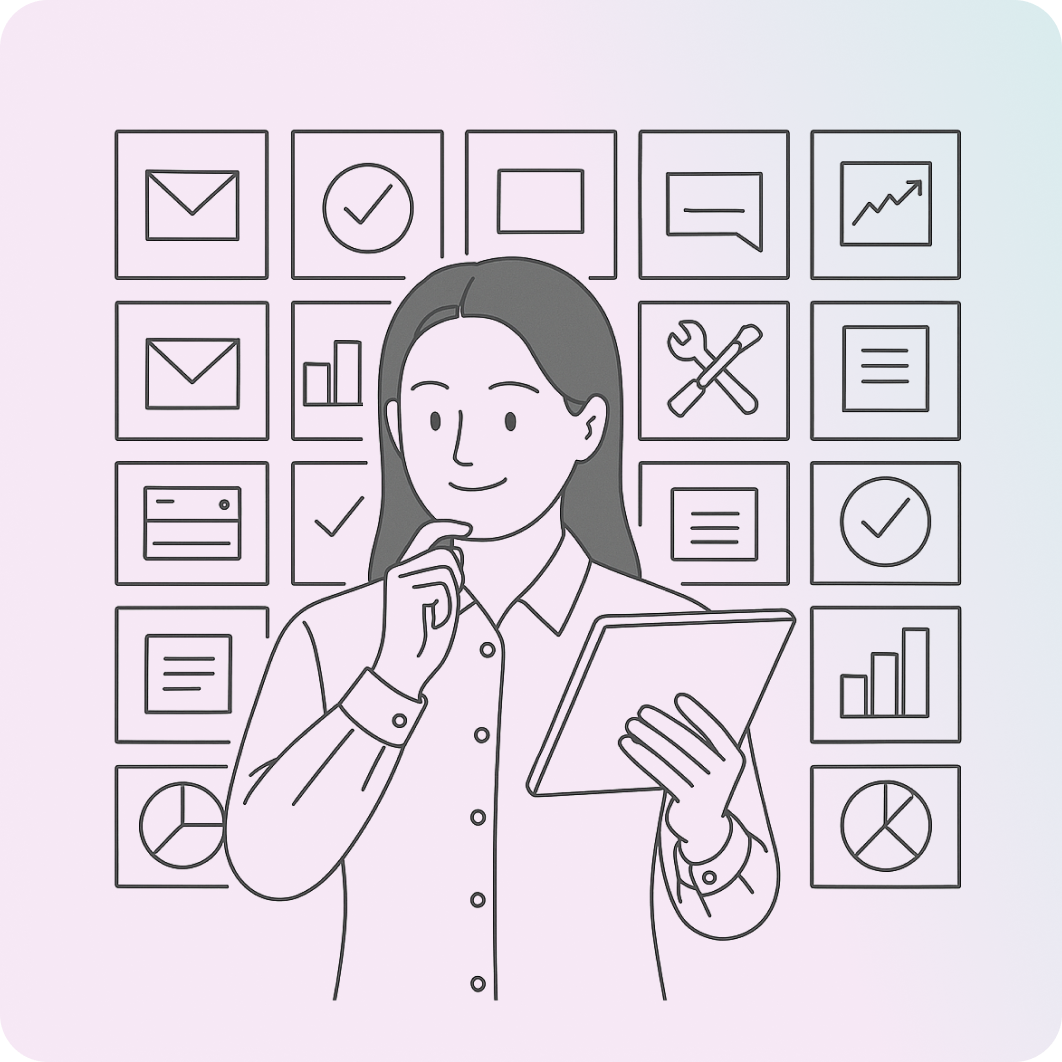
Ensuring and Enhancing Design Quality Consistency
Design systems provide consistent guidelines for all components and UI elements, ensuring consistent quality. By reusing validated components, the risk of missing design details or introducing errors is minimized when adding new designs or modifying existing ones.
With 1:1 mapping between components and code, the system ensures consistent quality throughout development. As a result, design systems consistently deliver precisely designed outcomes aligned with consistent standards, ensuring a high-quality user experience over time.
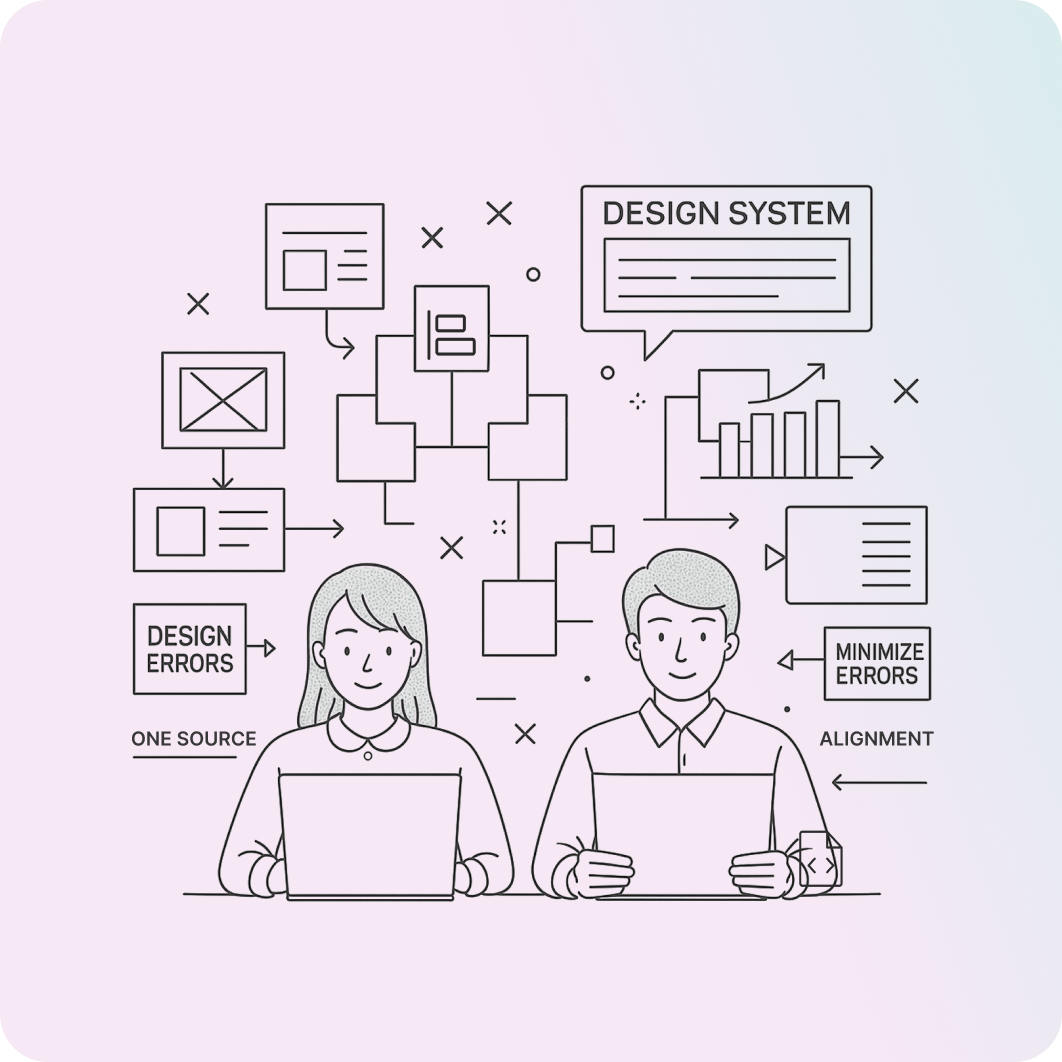
Consistent Communication Between Designers and Developers
Design systems manage components by aligning design and code under a unified naming and classification system. This allows designers and developers to communicate clearly and efficiently, minimizing errors and inconsistencies. By managing the entire frontend with One Source, redundant work is reduced, and changes are applied swiftly under the same standards. Clear guidelines also improve the team’s understanding of the system, maximizing collaboration.
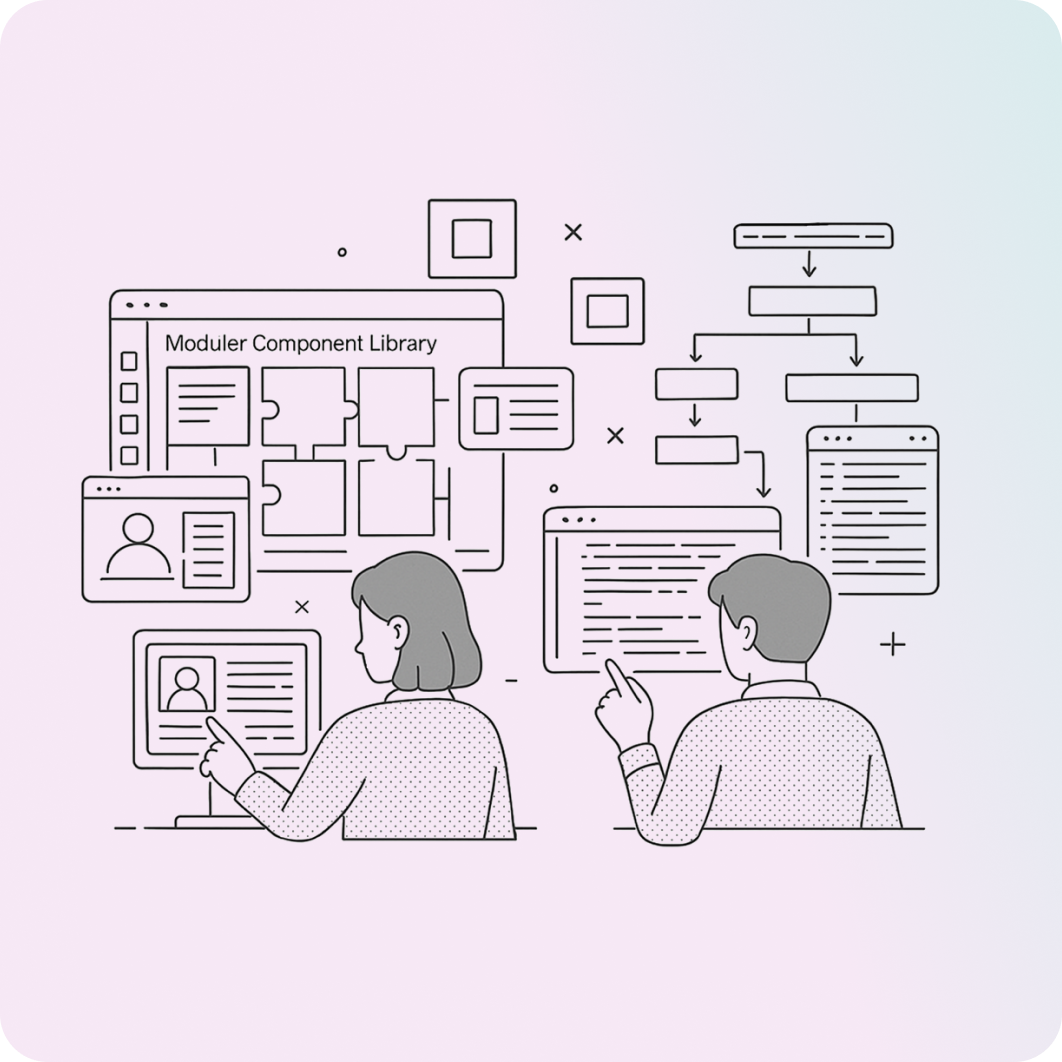
Boosting Productivity with Standardized Code
Design systems reduce repetitive work by enabling fast, accurate UI development using standardized components. Reusing the same assets significantly shortens the time from initial design to development.
Designers can quickly assemble necessary elements from component libraries, while developers implement UI using predefined code and styles. This reduces both design and development effort. Working under consistent standards minimizes development effort even when designs change, achieving an average of 30% or more saving of man-hours across projects. Ultimately, this reduces fatigue from repetitive tasks and allows both designers and developers to focus on creative, high-value work.
-
Start by setting core design principles and goals. Then, collect design elements, define frequently used UI components and document them for reuse. Collaborate with developers to code the system and document it so the entire team can easily access and utilize it.
-
To enable team-wide adoption, document the system clearly and make it easily accessible. Provide training to help team members understand how to use it and gather feedback for continuous enhancement.
-
A style guide defines visual elements like colors, typography, and logos that represent brand identity. In contrast, a design system is comprehensive, covering not only the style guide but also UI components, patterns, and code snippets essential for product development.
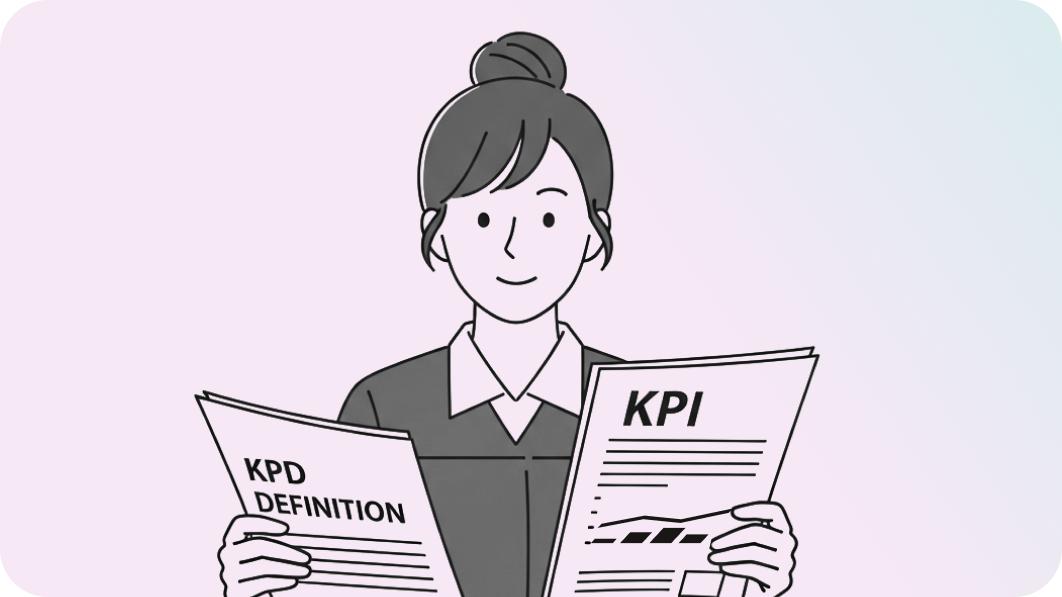
Establishing and Utilizing Behavior Data Collection Environments
We build optimal data collection environments tailored to business goals, enabling accurate measurement and analysis of customer behaviors. This service supports systematic design and solution setup for data collection while providing documented outputs such as KPI/KPD guidelines and data validation reports. The collected data is analyzed in real time to discover insights and develop more efficient, customized CX strategies.
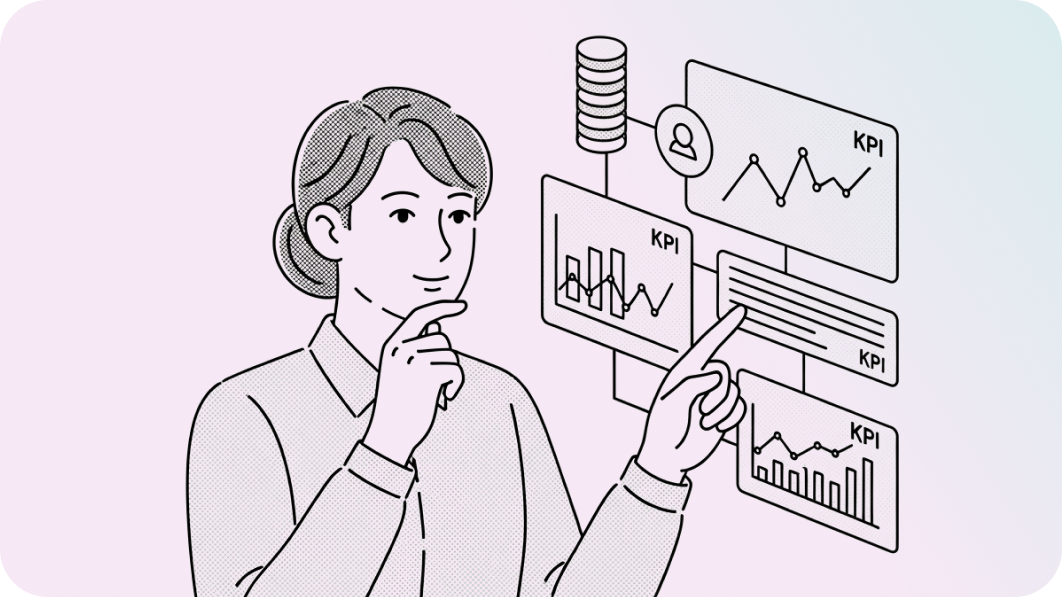
Building Visualization Dashboards and Real-Time Performance Analysis
We integrate various data sources to build interactive dashboards that allow users to intuitively analyze data and monitor results in real time. These dashboards track Key Performance Indicators (KPIs) for CX improvement and provide actionable insights for an immediate response. EXO delivers dashboard plans, implementation, and user manuals to help companies effectively utilize data and make rapid decisions.
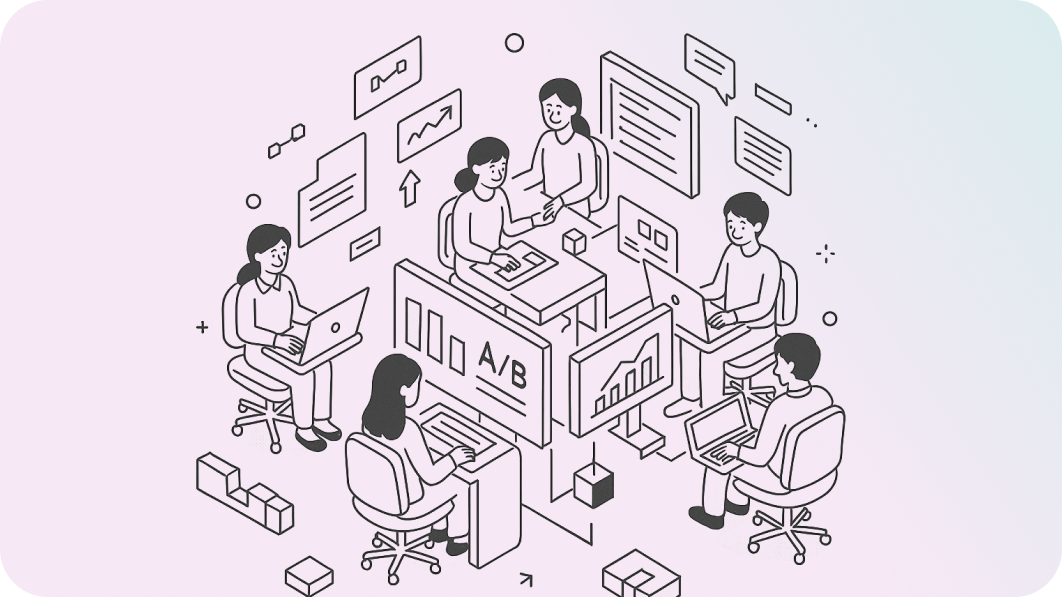
A/B Testing and Data Analysis for CX Optimization
Based on collected data, we design and execute A/B tests to optimize the customer experience. This includes generating test ideas, experiment design, backlog management, test environment setup, and monitoring. Through iterative test cycles, EXO continuously enhances the customer journey. Test reports are provided to help companies develop sustainable data-driven strategies.
-
EXO is ideal for companies looking to enhance the customer experience and strengthen data-driven decision-making. It is especially effective for industries like commerce, where customer journey design has a significant impact on business. EXO offers customized solutions tailored to each industry, business size, and service type to effectively support business objectives.
-
With EXO, companies can analyze customer data faster and more accurately, continuously enhancing CX. Real-time data analysis and visualization dashboards help operators and managers quickly identify positive and negative points. Iterative testing and validation create an environment where decisions are driven by data and customer feedback.
-
Since data types and scopes vary by company, EXO offers customized services based on each company’s data environment. If no data environment exists, we support tagging to collect basic behavior data. Companies with an existing data environment can start by building dashboards for data integration and analysis. EXO is a modular service covering data collection, visualization for analysis, and test validation for enhancement—allowing flexible configuration based on business needs.


